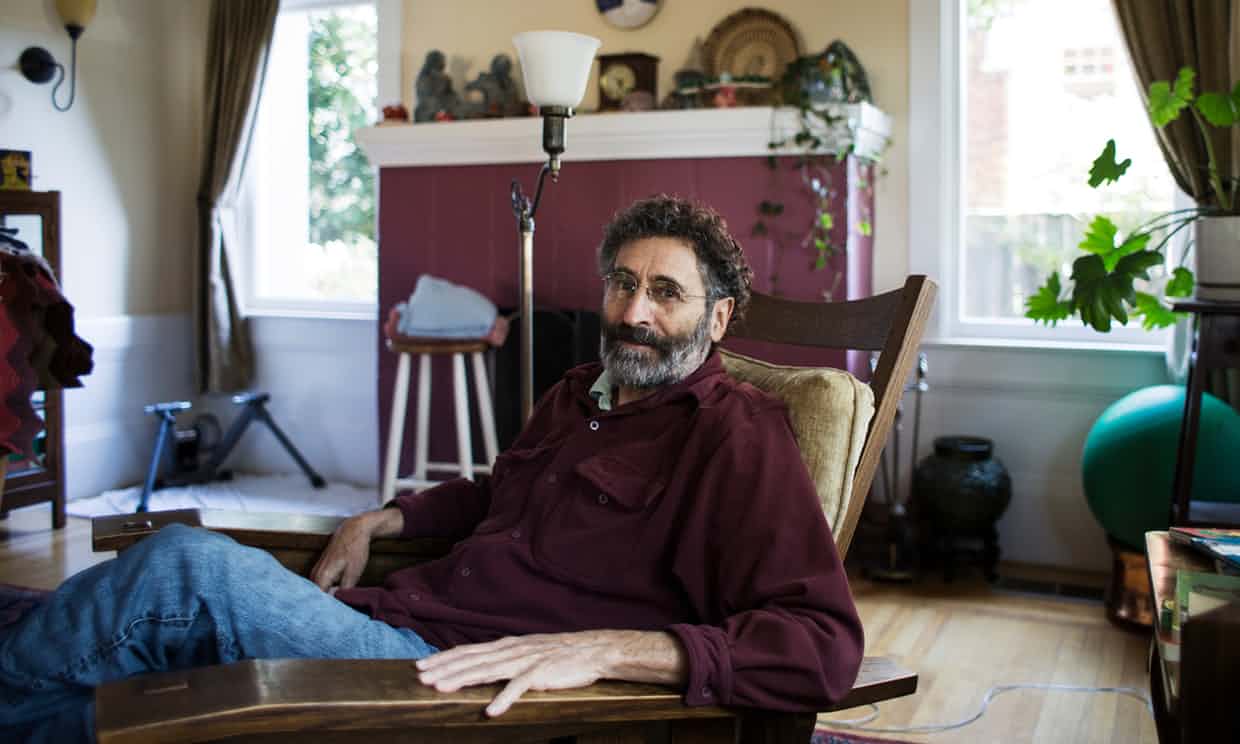He lives by himself in a four-bedroom home that he bought for $923,500 in 2000, in a genteel area of Berkeley, California. After 45 years in the business of building low-income housing, he’s semi-retired and quietly prosperous thanks to some sound investments. Yet every year, Rubenzahl, 71, can count on a generous tax break that mostly only goes to wealthier homeowners, reducing the tax he owes by thousands of dollars.
How does he feel about it? “Terrible,” he said.
This is because the US government spends more than twice as much subsidizing the tax break for affluent homeowners, who would most likely be able to afford their homes anyway, as it does on helping the poorest families pay rent and avoid homelessness – $60.1bn versus $29.9bn in 2015. As Congress tackles tax reform, advocates and economists of all political stripes are appealing for the tax break to be addressed, but the chances of that are uncertain.
“My whole career,” Rubenzahl said, “I’ve tried to provide quality affordable housing for as low-income people as I could reach, but it’s not nearly enough.” Meanwhile, the buyers he sees moving in all around him could lose their subsidies “and it won’t hurt them”.
A new study by Apartment List, a rental aggregator, shows that over half of high-income households claim the tax benefit, called the mortgage interest deduction (MID) because it reduces a filer’s taxable income by the amount of interest they owe on their mortgage. More than $10bn goes to households with incomes in the top 1%.
More expensive properties mean a larger deduction, so homeowners in pricey coastal regions – such as Silicon Valley, San Francisco and surrounding towns such as Berkeley, and southern Connecticut – lead the country in the amount they are rewarded by the government, with subsidies of about $3,500 per household.
By comparison, only one in four Americans in need of rental housing actually receive it. In fact, the rental-assistance system – which is called Section 8 and generally covers costs that exceed 30% of someone’s income – is so overburdened that until recently, the city of Los Angeles had declined to even accept new applications for a voucher for a staggering 13 years, and New York’s waitlist has been closed since 2009. When Los Angeles finally started accepting new applications again, for only two weeks in October, almost 200,000 people applied for only 20,000 spots on the waitlist.
Indeed, in none of the country’s 25 largest cities do low-income residents receive more than half of the money that goes on housing benefits. This despite the fact that stable housing has been linked to improved educational outcomes, health and psychological wellbeing. Mostly, the cash goes to the well off.
“I think it’s totally misplaced priorities,” said Steven Bourassa, an MID expert and the director of the School of Urban and Regional Planning at Florida Atlantic University. “I think some people probably think that some people are not deserving of that kind of assistance,” he added. “Personally, I find it hard to explain.”
The MID has been touted as a way to encourage homeownership. In reality, research has shown it has a limited effect on homeownership rates.
“It doesn’t help people go from being renters to being homeowners,” Bourassa said. “What it does do is it encourages some people who are already owners to buy larger houses than they already would.”
Criticism of the MID comes from all corners. Ilya Somin, a George Mason University law professor who describes his politics as libertarian, said that economists and scholars “across the political spectrum” would agree with the sentiments he expressed in a recent column – that it is “bad policy”.
And yet despite efforts over the years to reform it, Somin said, “every time, this particular sacred cow has resisted being slaughtered”.
There are amendments that could curtail usage of the MID in the current House and Senate tax bills, most significantly in the House version. If the amendments make it through Congress, housing advocates say the money that is recouped should be invested in low-income housing rather than anything else.
“The House takes a good and historic first step in being willing to directly reform the MID, but taking those savings and using them to pay for further tax breaks for the wealthiest corporations and individuals is a complete nonstarter,” said Diane Yentel, president and CEO of the National Low Income Housing Coalition.
In Berkeley, Rubenzahl acknowledges the odd position he is in.
“I definitely feel conflicted about it,” he said. But “the tax code is the tax code, and nobody wants to pay more taxes.”







Remarkable! Its truly awesome post, I have got much clear idea concerning from
this article.